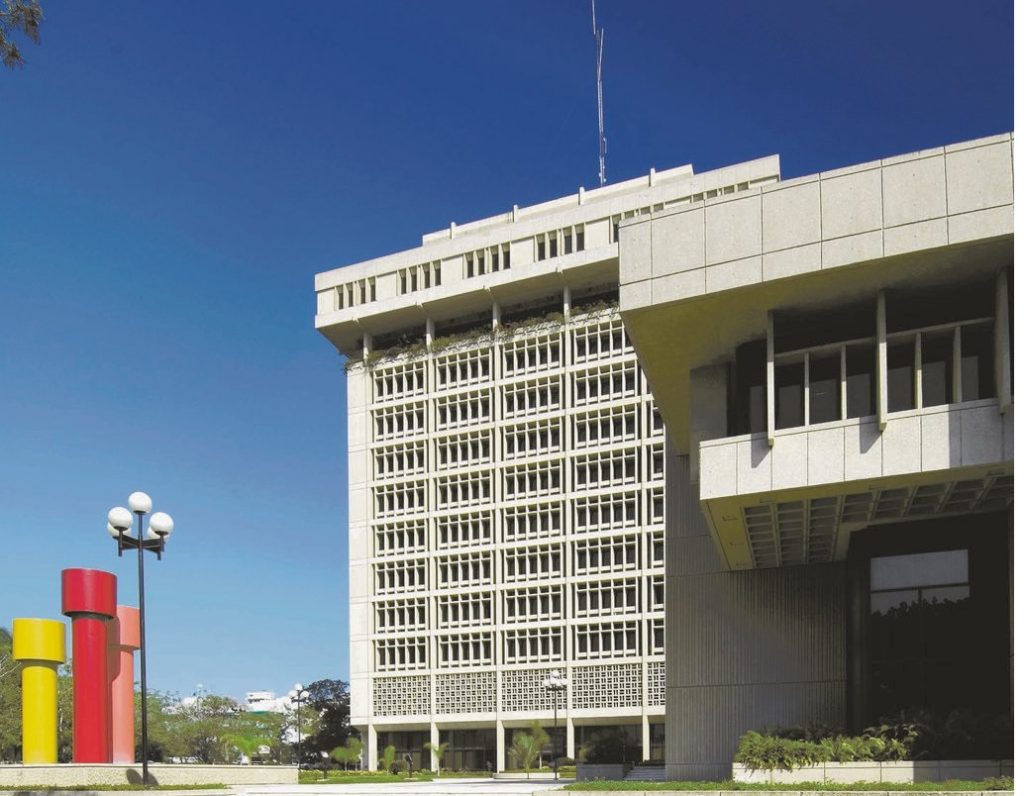
The Central Bank reports that the recovery of the tourism sector and exports, and the favorable levels of remittances and foreign direct investment, are driving the Dominican economy. The Monthly Economic Activity Indicator (IMAE) registered an average growth of 5.8% during the first four months of the year.
The World Tourism Organization recently recognized the Dominican Republic as the global leader in the recovery of tourism. Some 1,943,493 non-resident foreigners during the first four months of the year, for average occupancy rates of over 70%. In April 2022, arrivals of 626,010 tourists exceeded by 7.1% the total number of tourists received in the same month of pre-pandemic 2019.
The breakdown of the IMAE indicates the expansion lies primarily with the tourism sector (hotels, bars and restaurants) with 39.9%, other service activities with 11.2%, free zone manufacturing with 8.2%, transportation and storage 8.2%, communications 7.6%, public administration 7.5%, health 7.4%, commerce 7.1%, financial services 6.5%, construction 4.6%.
Remittances for January to April were US$3.2 billion, exceeding remittances in the same period in pre-pandemic 2019 by US$877.7 million. The Central Bank expects remittances to reach a record US$10 billion by the end of 2022.
Exports of goods are up a notable interannual increase of US$604.5 million for January-April 2022, totaling US$4.52 billion. Of these, national exports were up US$334.5 million (19.8%) for a total of US$2.03 billion. Free trade zone exports registered an inter-annual expansion of US$270.0 million (12.1%) at the end of the first four months of 2022, for US$2.5 billion.
Particularly in April 2022, the nominal value of exports from free trade zones reached US$664.2 million, that is, a record figure that positions it as the best April in the history of the free zone sector. This result highlights the performance of exports of medical equipment, apparel and electrical products, with increases of 31.3%, 24.9% and 17.1%, respectively.
Imports increased 35.3% was observed in January-April 2022, or an additional US$2.44 billion compared to the same four-month period in 2021. During this period, oil imports increased by US$810.0 million (83.9%) and non-oil imports by US$1.64 billion (27.5%).
The Central Bank indicates the greater flow of foreign exchange has contributed to maintaining the relative stability of the exchange rate, such that the Dominican peso showed an appreciation of 4.2% at the end of April compared to December 2021.
In addition, the dynamism in foreign currency inflows has allowed the accumulation of international reserves, which by the end of April 2022 stood at around US$14.4 billion, representing 13.5% of GDP and the equivalent of 5.9 months of imports. These metrics exceed the IMF’s recommended levels, contributing to the Dominican Republic maintaining a favorable external position. By the end of 2022, a current account deficit of around 3.0% of GDP is projected, which would be comfortably financed by foreign direct investment (FDI), expected to reach US$3.5 billion this year.
The Central Bank highlights that the positive results confirm the resilience of the Dominican economy in the current international environment, characterized by the recent geopolitical conflicts and the global cost shock.
The International Monetary Fund (IMF) has highlighted the good performance of the Dominican economy, reaffirming that the country’s outlook remains favorable. The Gross Domestic Product (GDP) is forecast to grow around 5%, in line with the Central Bank’s forecast for the year’s end.
Read more in Spanish:
Central Bank
2 June 2022

